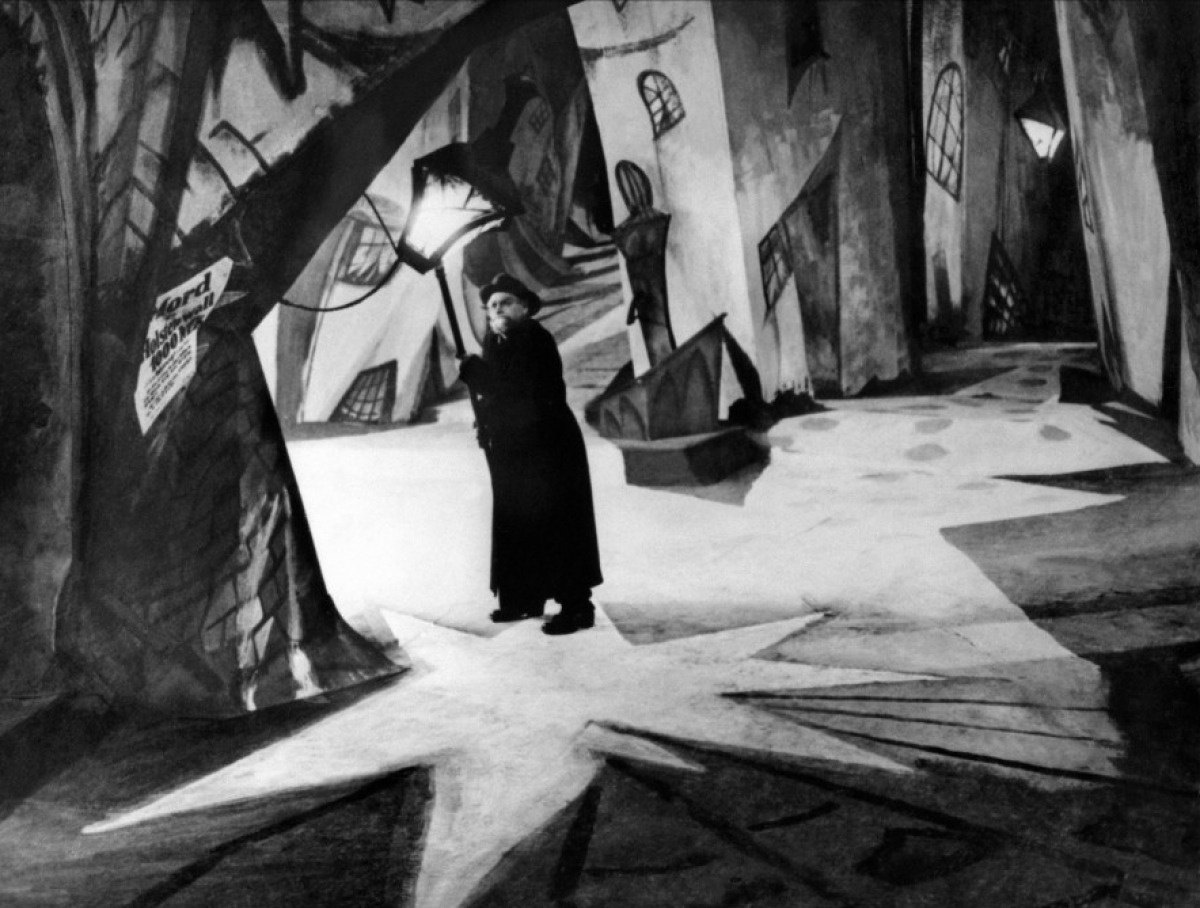In the introduction to Shell Shock Cinema: Weimar Culture and the Wounds of War, author Anton Kaes explains the premise of his book and argument:
This book is not about the Great War but rather its tragic aftermath. The term ‘shell shock,’ which doctors used to diagnose frontline soldiers suffering nervous breakdowns, provides a metaphor for the invisible though lasting psychological wounds of World War I. Some of the most seminal German movies made in the 1920s found artistic expression for this elusive yet widespread syndrome. Just as shell shock signified a broad array of symptoms, the movies of this shell shock cinema took on a variety of forms. . . .
Robert Wiene’s The Cabinet of Dr Caligari, Friedrich Wilhelm Murnau’s Nosferatu, a Symphony of Horror, and Fritz Lang’s Die Nibelungen and Metropolis, all of which are hallmarks of Weimar film culture, represent the most prominent examples of this shell shock cinema. Articulating an indirect, but more poignant understanding of trauma than many traditional war movies, these films translate military aggression and defeat into domestic tableaux of crime and horror. They transform vague feelings of betrayal, sacrifice, and wounded pride into melodrama, myth, or science fiction.
He then explores the relationship between trauma and aesthetic strategies:
A traumatic event inscribes itself and becomes stored in the body without the mind having any overt awareness of its presence. The trauma returns involuntarily by way of flashbacks, repetition compulsions, and psychosomatic illnesses. Precisely because a traumatic shock eludes conscious understanding, it is not directly accessible to memory or speech; it constitutes a ‘failure of symbolization.’ Traumatic experience manifests itself only through its symptoms, and therefore requires that its meaning be constructed retroactively. Three of the four films discussed in this book have narrators who are struggling to reconstruct a traumatic event in the past. These films provide the opportunity to work through that repressed shock from the perspective of the present.
Forced to find a language for extreme psychological states, shell shock films developed aesthetic strategies that pushed the limits of visual representation. In their fragmented story lines and distorted perspectives, their abrupt editing and harsh lighting effects, they mimic shock and violence on the formal level. Shell shock cinema thus contributed to the emergence of a modernist film language that shaped the look of film noir at the end of World War II, and that continues to inspire Hollywood’s horror and science fiction movies today.
Kaes then explains how his perspective differs from Siegfried Kracauer‘s.
My project thus seeks to reverse the perspective of Siegfried Kracauer’s influential book From Caligari to Hitler: A Psychological History of the German Film, published by Princeton University Press in 1947. . . .
Kracauer’s use of film as an instrument of sociopolitical analysis was pathbreaking and fully warranted given its immediate postwar context. His method comes at a cost, however, because his persistent ‘back-shadowing’ views history from its catastrophic endpoint, and thus diminishes the contradictory fullness of the discrete historical moment. According to his overarching teleology, all Weimar cinema points forward to fascism. . . . In order to sustain the master narrative from Caligari to Hitler, Kracauer must downplay not only the diversity of Weimar production but also the aesthetic complexity of individual works. Films are never organic, unified wholes carrying a single message. Rather, they are fractured entities that must be read, like all products of the unconscious, by means of their omissions and silences. I am no less interested than Kracauer in explaining why Weimar’s modernity ended in the grip of a fascist system; my emphasis, though, is on the ways in which films after 1918 allude to, displace, and relive the experience of war and defeat. For me, Weimar culture is as much post-traumatic as it is pre-fascistic for Kracauer. The Weimar Republic could have ended differently, and films give us glimpses of this alternative history.
Kaes integrates the psychological, aesthetic, political and historical aspects of shell shock cinema and makes a compelling and very original argument. I’ll write more about this book in future posts.
 The Cabinet of Dr Caligari (1920)
The Cabinet of Dr Caligari (1920)
 Metropolis (1927)
Metropolis (1927)




